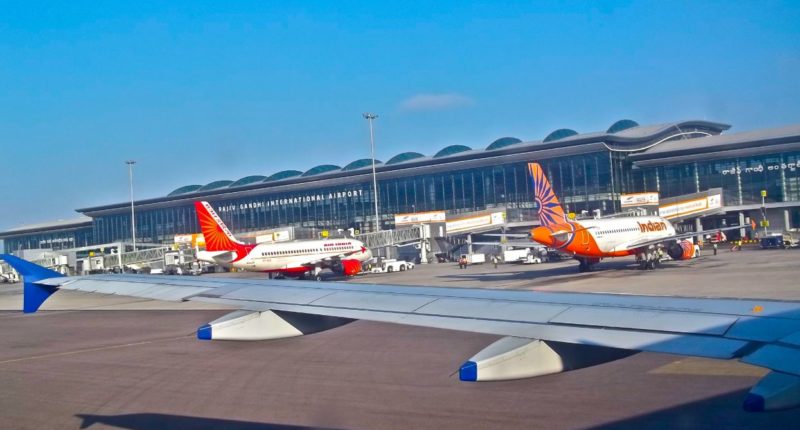Switching off your phone while being on flights is a frustrating affair. But this has been the case on Indian domestic and international flights. The frustration grows further, specially in Indian domestic flights, since most low cost carriers do not provide any entertainment source, whatsoever. That however, will soon change.
According to a fresh notification issued by aviation ministry dated February 29th, passengers can now access internet through Wi-Fi onboard, with due permission from the pilot. The onboard wifi can be accessed on various devices such as mobile phones, tablets, smart watches, kindles or e readers. The aircraft requires the certification of the director general and needs to go through required procedures to enable the service for its passengers.
“The pilot-in-command may permit the access of internet services by passengers on board an aircraft through Wi-Fi on board when laptop, smartphone, tablet, smartwatch, e-reader or a point of sale device is used in flight mode or airplane mode. Provided that the director general shall certify the aircraft for usage of internet in flight through Wi-Fi on board subject to procedures as specified in this behalf,” says the latest notification.
According to the new rules, the status of an airplane is considered ‘in-flight’ when all its external doors are closed. The airplane however will not allow internet usage in low visibility conditions.
A recommendation of the Indian Telecom Regulator in 2018 pressed for internet and mobile connectivity in flights as In-flight Connectivity in Indian airspace under ‘Flight and Maritime Connectivity Rules’. In August 2019, the amendment mentioned the permission of the usage of cellular communication as well. However, cellular network usage inside flights is not permitted.
Internet connectivity on flights comes from two sources- mobile/cell towers and satellites. The airplane simply connects to the closest transmitter and becomes a hotspot allowing passengers to use internet. However in the case of the flight flying over a water body, it cannot connect to a transmitter. In such an instance, the satellite comes in. Connected to ground stations, the nearest orbiting satellite simply provides internet connection to a flight.
Although on board internet is definitely a development, the benefits are not without the shadow of expenses. The millennial internet usage will drill a hole in the pockets Indians using flight services. This cost is due to the capital the airplane will have to dedicate to the setting up of the system. This will also take up about two two weeks of time, during which the airplane will have to remain in the hanger. Passengers may have to pay Rs.500-Rs.1000 for thirty minutes of internet usage or about 20-30% of the airplane fare.
Nevertheless, the development, a welcome one for sure, will go a long way in helping the currently struggling Indian aviation market, which is also one of the fastest growing ones in the world.
The IFMC License granted to the airline will require an annual fee payment of Rs.1 annually for ten years. The spectrum charges will be broadly dependent on the passengers demanding internet connectivity. Additionally, revenue generated from providing these services will determine the payment the licence holder will have to make.
India has been the only country to ban in-flight internet usage other than North Korea. In addition to Indian flights, foreign flights too had to switch of ‘in-flight connectivity via Wi-Fi’ after entering Indian airspace.
The Tech Portal is published by Blue Box Media Private Limited. Our investors have no influence over our reporting. Read our full Ownership and Funding Disclosure →






